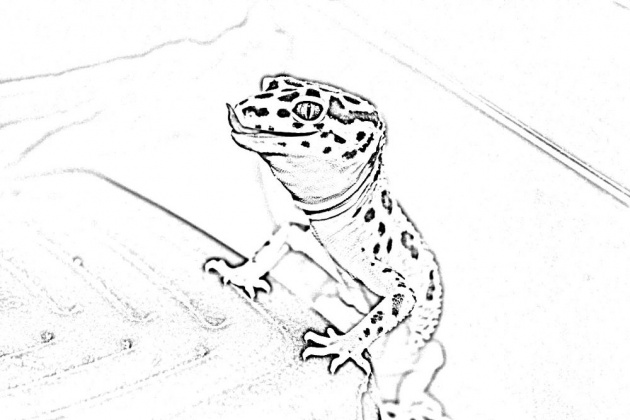
A flying gecko is a type of lizard found in Southeast Asia that is active at night and hides during the day. The flying gecko does not actually fly. The gecko is very small, usually six to seven inches long, and has adapted to escaping from larger predators by using web-shaped feet to glide several feet through the air in order to relocate to a new area to hide. The flying gecko’s natural habitat consists of the ideal temperature necessary for the gecko’s survival, with ample food and shelter.
Food
Flying geckos eat a wide variety of insects, spiders, worms, and arthropods on a daily basis. A flying gecko consumes a diet consisting of an ample array of food daily to remain healthy, strong, and full of energy.
Natural habitat
The natural habitat of a flying gecko is located within a rain forest where the thick canopy of trees causes the inside of the forest to remain a constant temperature. A humidity index of over 70 percent is required for a flying gecko’s survival. Trapped moisture and heat within the forest creates an elevated humidity level that remains constantly high making a rain forest the ideal habitat for a flying gecko.
Use of trees
Flying geckos have large webbed feet in comparison to their small body size. The underside of the feet contains extremely sticky pads that allow the gecko to climb and crawl on sturdy branches and leaves. The thick, lush tree leaves also act as camouflage for the gecko and provides a safe place to land when gliding away from a predator.
Use of Tree Bark
Trees often fall because of a lightning strike or death, and break apart while falling against other trees. The broken tree then crashes onto the ground where it rots and decomposes, providing loose bark, which insects quickly infest. The flying gecko digs underneath the decaying bark to hunt for food and use as shelter.
Use of anything decayed
Decayed trees and plants cover the ground within a rain forest. Flying geckos crawl through the debris, which provides shelter and houses an extensive collection of available food.
Copyright © 2016 by John Mallozzi



